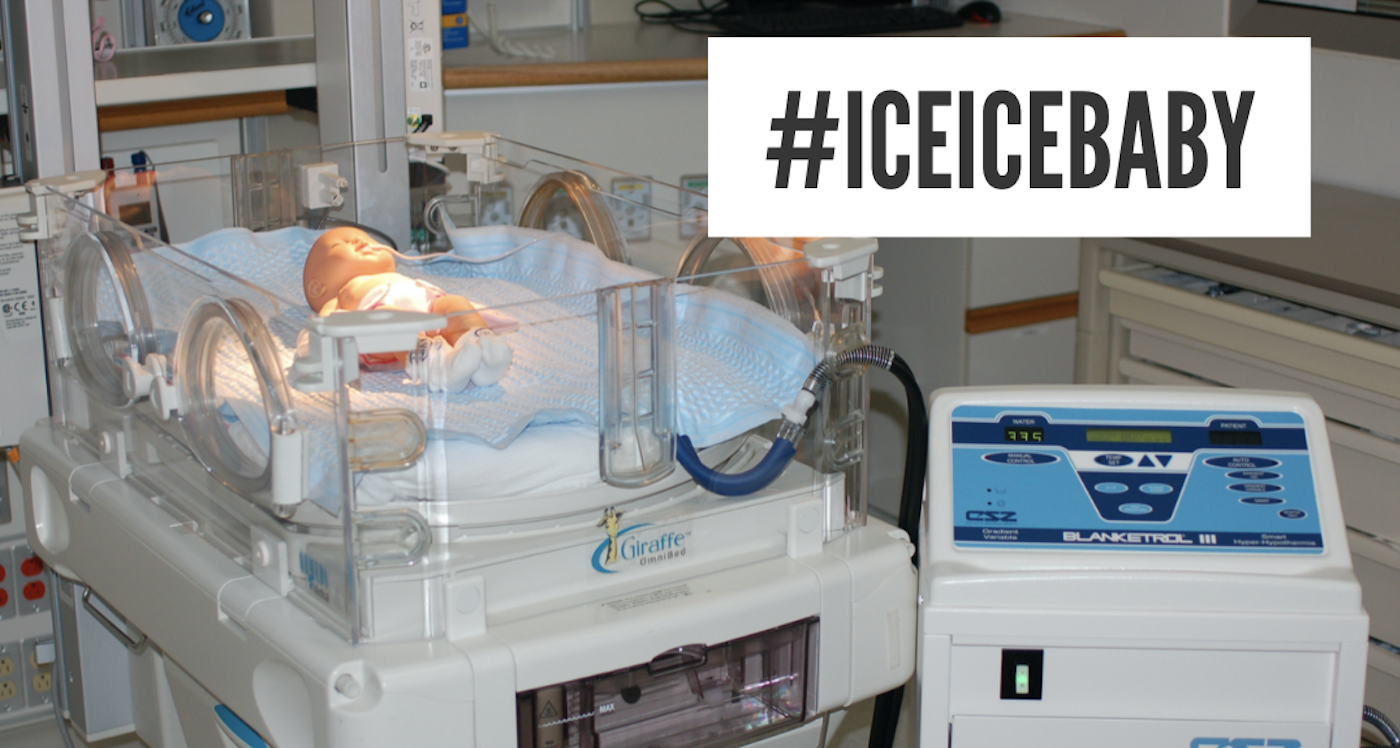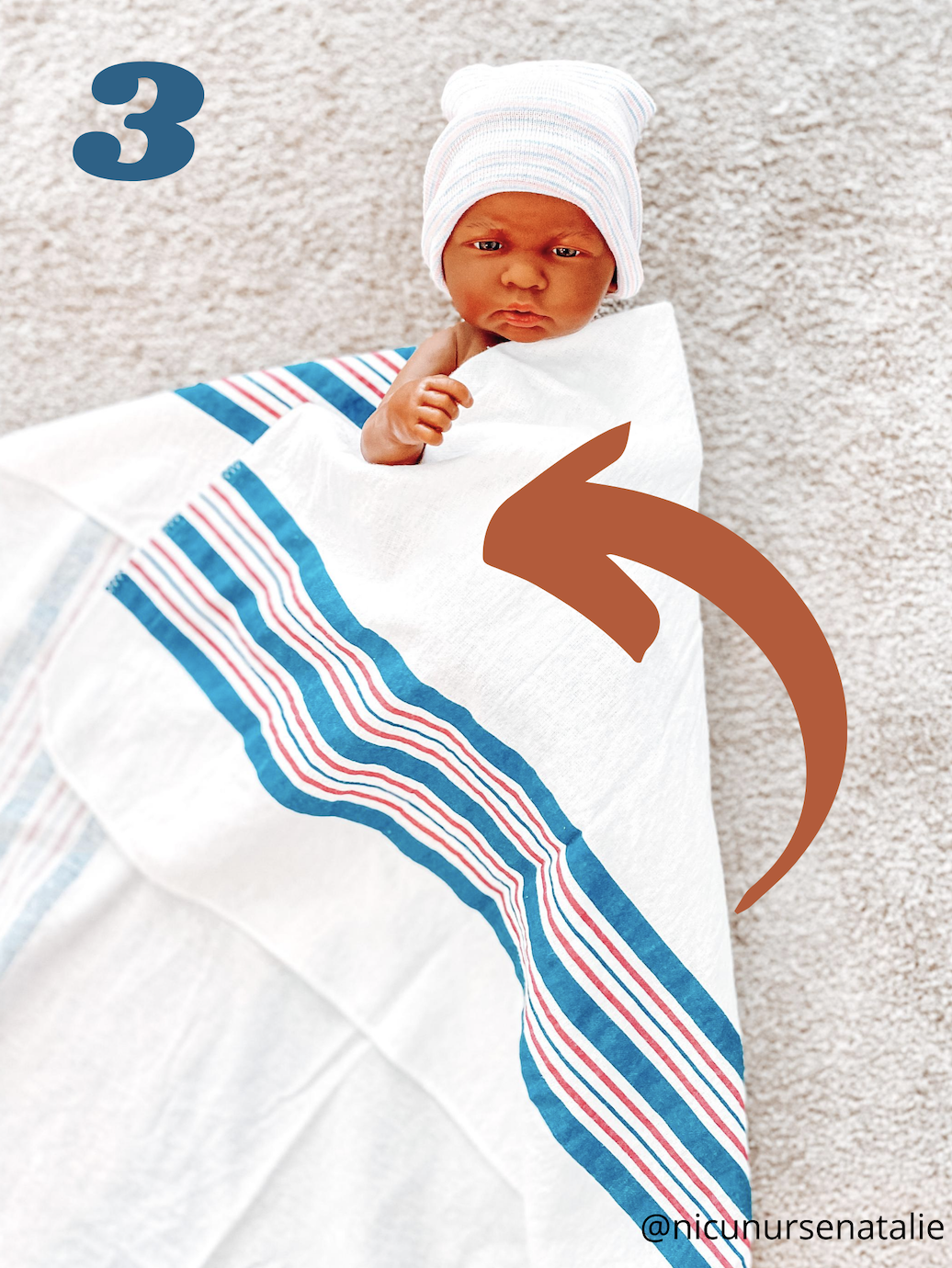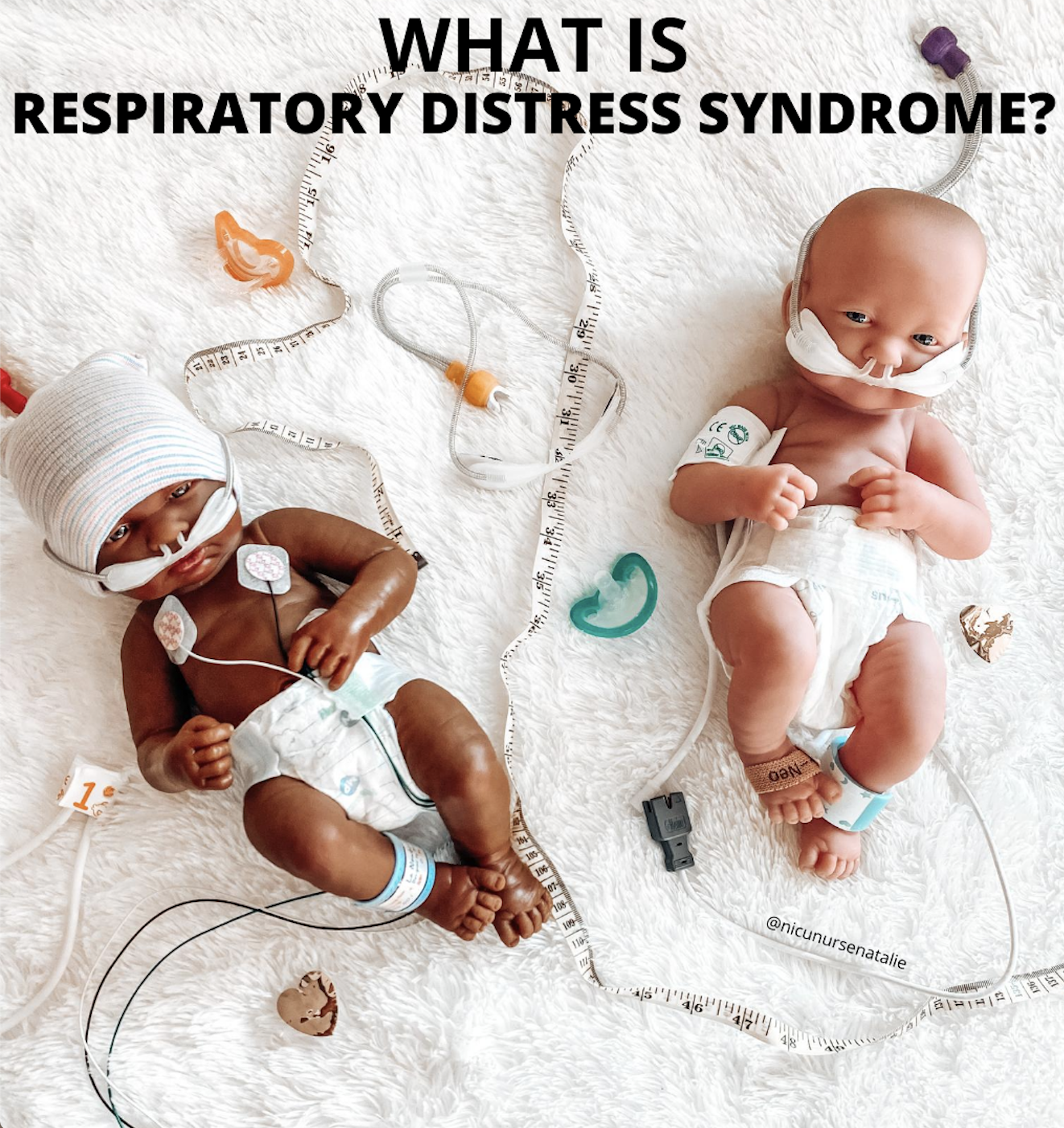Hold up, wait a minute! You mean to tell me there’s TWO types of bilirubin? Mind = blown!
In one of my previous posts, we discussed bilirubin and why it’s important to monitor. Today, we are going to talk about the two different forms.
So... what’s the difference?
In short, one is considered “normal” and shows up after a couple days of life. The other is “abnormal” and usually appears within the first few days of life.
Unconjugated Bilirubin
Also known as “indirect” bilirubin or the “normal” type.
This type is unable to be conjugated by the liver and re-enters enterohepatic circulation in two different ways:
Bound to albumin
Unable to bind to albumin and remains free in the plasma to potentially move into tissues
Conjugated Bilirubin
Also known as “direct” bilirubin or the “abnormal” type
It is processed by the liver and is ready to be excreted through stool and urine
What causes unconjugated bili to increase?
Polycythemia
Hemolysis of RBCs d/t Rh incompatibility or ABO incompatibility between mom and baby
Traumatic birth resulting in hemorrhage, bruising, cephalohematoma
Preterm birth
Inability to pass stool or make urine (excretion disorder)
May be from Hirschprung’s disease, imperforate anus, intestinal atresia, meconium ileus, etc.
Immature liver
Infection, sepsis
IDM, RDS—Since conjugation requires oxygen and glucose, a lack of these nutrients will cause bili to increase
Some medications compete with bilirubin for albumin binding sites (e.g. NSAIDs, steroids, lipids, etc.)
What causes conjugated bili to increase?
Chronic, long-term TPN and Intralipid use—This causes damage to the liver and biliary tree and affects bilirubin excretion
Biliary obstruction/atresia/cholestasis—If bile cannot be excreted from the liver, bilirubin cannot be excreted and will be reabsorbed.
In-born error of metabolism (e.g. galactosemia)
How do you treat unconjugated bili?
Phototherapy—Uses UV light to breakdown unconjugated bili into a water-soluble form that can be excreted
Hydrate with IV fluids
Feed the baby! Unconjugated bili is eliminated via stool and urine!
Exchange transfusion in critical cases
How do you treat conjugated bili?
Get the baby off TPN!
If not, remove the copper & manganese from the bag—An accumulation of these can be toxic if the liver is not functioning properly.
Get the baby off Intralipids!
If not, switch the baby to SMOF lipids. This fat emulsion reduces inflammation, oxidative stress, and/or cholestasis.
Phenobarbital. This med increases bile acid synthesis and bile secretion
Actigal/Ursodiol. This med increases bile acid secretion and bili excretion
Pregestimil formula. This type of formula is extremely hydrolyzed and specific to infants who suffer from fat malabsorption.
AquaDEKs (ADEKs) Multivitamin. This med is high in the fat-soluble vitamins that these infants may be deprived of.

































